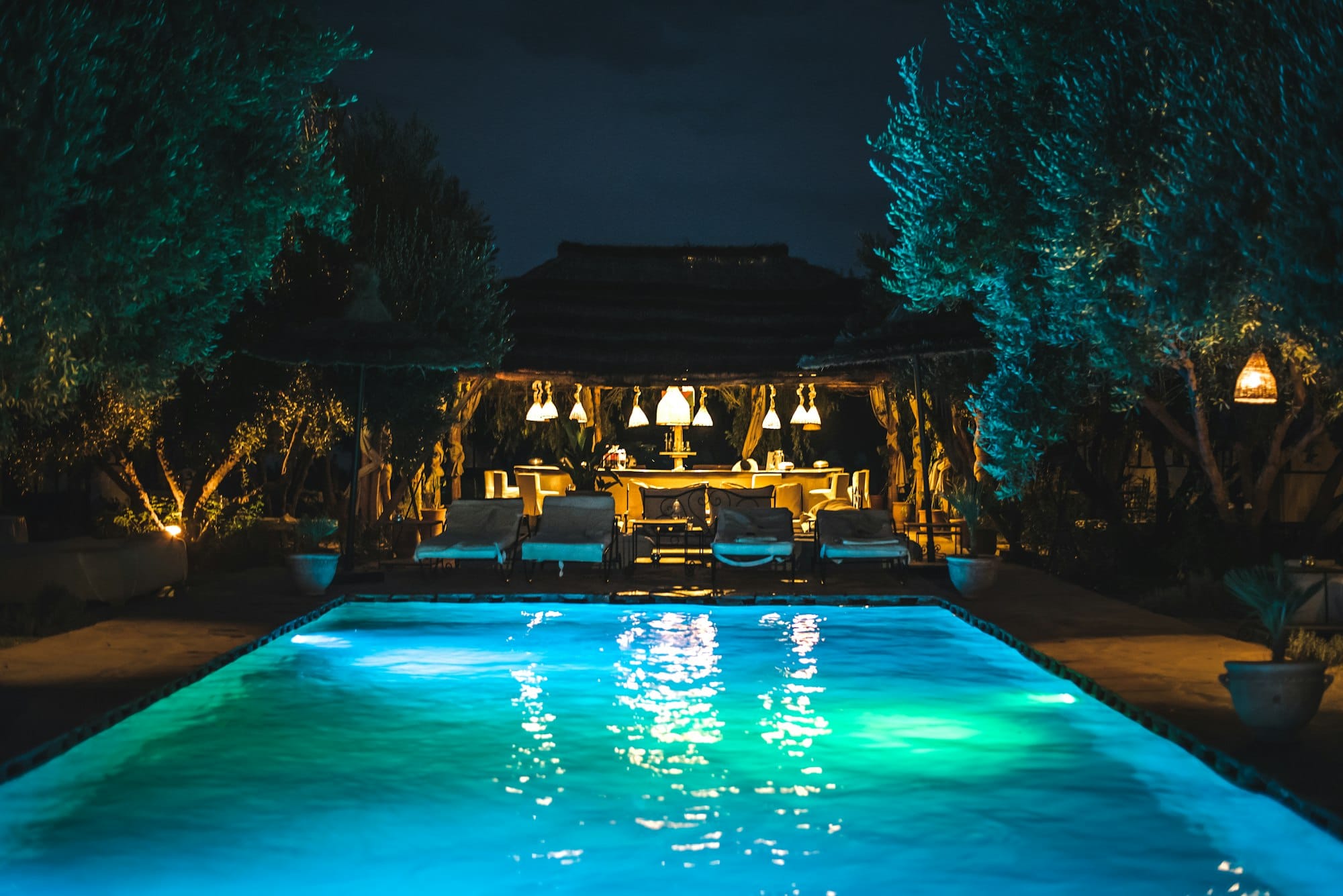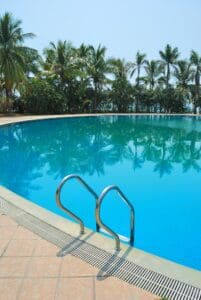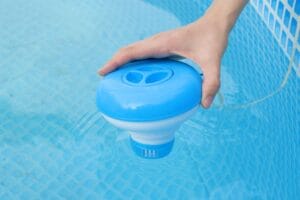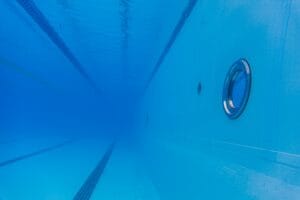How to Choose the Right Swimming Pool Lights for Your Pool?
Swimming pool lighting has evolved tremendously over the years, moving from simple bulbs to advanced LED systems that offer multiple colors, energy savings, and smart controls. Choosing the right lights for your pool involves more than simply picking the brightest option. It’s about creating the right ambiance, ensuring safety, and maximizing your investment.
In this guide, we’ll break down the key considerations when selecting swimming pool lights, helping you make an informed decision that enhances the beauty, safety, and enjoyment of your pool area.
1. Understand the Types of Pool Lights Available
Before diving into specific features, it’s important to understand the types of pool lights available. Each type has distinct characteristics, and your choice will depend on factors like budget, installation requirements, and the type of ambiance you’re aiming for.
a) LED Pool Lights
• Energy Efficiency: LED lights use significantly less energy than traditional halogen lights, saving on electricity bills.
• Longevity: With an average lifespan of 25,000-50,000 hours, LED lights are designed to last for years without needing replacements.
• Color Options: Many LED lights come with color-changing options, allowing you to switch between various colors and lighting effects.
• Brightness: LEDs produce a clear, vibrant light, ensuring maximum illumination and visibility in the pool area.
b) Halogen Pool Lights
• Affordability: Halogen lights are generally more affordable initially than LEDs.
• Brightness: These lights offer good brightness but at a higher energy cost compared to LEDs.
• Replacement Frequency: They typically need replacing after 2,000-4,000 hours, which means more maintenance over time.
c) Fiber Optic Pool Lights
• Safe Installation: Fiber optic lights do not use electricity within the pool itself; the light source is outside, sending light through cables.
• Variety of Colors: Fiber optics also offer color changes, though they tend to be less vibrant than LEDs.
• Higher Cost: Fiber optic systems are generally more expensive and require specialized installation and maintenance.
2. Consider the Purpose of Your Pool Lighting
Not all pools require the same lighting, and your unique needs will help guide your choice. There are three primary purposes for pool lighting: aesthetics, safety, and functionality.
a) Aesthetics
• If you enjoy hosting evening gatherings, LED lights with color-changing features might be ideal. These lights can help create an atmosphere, whether it’s a romantic, serene setting or a vibrant party vibe.
• Lighting can also highlight specific features, such as waterfalls, fountains, or landscaping around the pool, adding elegance and character to your outdoor space.
b) Safety
• For families with children or for elderly swimmers, choosing lights that illuminate the entire pool area is crucial. Clear visibility is essential to avoid accidents.
• Place lights at the pool’s steps, edges, and around the surrounding deck area to ensure safe movement.
c) Functionality
• Consider what activities you plan to do in the pool. If you plan to swim laps in the evening, opt for bright, evenly distributed lighting that illuminates the entire pool.
• For pools with complex shapes, multiple lights may be needed to ensure even lighting coverage across the entire surface.
3. Choosing the Right Color Temperature and Brightness
When selecting pool lights, the color temperature and brightness of the light are essential factors to consider.
a) Color Temperature
• Warm White (2700K-3000K): Warm white lighting creates a soft, welcoming glow, which is ideal for relaxing settings.
• Cool White (4000K-5000K): This color temperature provides a bright, clear light, offering excellent visibility for swimming.
• Multicolor Options: Many LED lights offer a range of colors and color-changing modes. You can program different colors to change the atmosphere at will, which can be a big draw for families or anyone who likes to entertain.
b) Brightness Levels
• Lumens: The brightness of pool lights is measured in lumens. For underwater pool lighting, around 500-700 lumens per light is often ideal. For larger pools, you may need multiple lights or lights with higher lumen ratings.
• Adjustability: Some LED lights come with dimming features, allowing you to adjust brightness based on your preference or time of night.
4. Evaluate the Cost vs. Long-Term Savings
Pool lights vary significantly in price, and while LEDs tend to have a higher upfront cost, they are generally worth it due to their long lifespan and energy savings.
a) Initial Cost
• LEDs are more expensive than halogen lights, but with advancements in technology, their cost has reduced significantly. Fiber optic systems tend to be the most expensive option.
b) Energy Efficiency and Cost Savings
• LED lights use up to 80% less energy than halogen lights, which can translate to substantial savings over time. For those who use pool lights frequently, LEDs quickly pay for themselves in energy savings.
c) Maintenance Costs
• LED lights require minimal maintenance, making them a better choice if you want to avoid frequent replacements or repairs. Halogen lights, on the other hand, may need to be changed more frequently, adding to long-term costs.
5. Look for Quality and Durability
For any outdoor lighting system, durability is key. Pool lights are constantly exposed to water, chemicals, and fluctuating temperatures, so investing in high-quality lights is crucial for long-lasting performance.
a) Waterproofing and Corrosion Resistance
• Look for lights with an IP68 waterproof rating, as this ensures they are fully submersible and protected against water ingress.
• For saltwater pools, select lights made of corrosion-resistant materials, such as stainless steel or high-quality plastic, to withstand the harsh conditions.
b) Warranty and Support
• Many LED pool lights come with warranties ranging from 2 to 5 years. A good warranty is a sign of a reliable product, and it can provide peace of mind in case of any malfunctions.
6. Consider Smart Control Options
Smart pool lighting allows you to control your lights through a smartphone app, remote control, or even voice commands with compatible home automation systems.
a) Remote Control and Timers
• Some LED pool lights come with remote controls, allowing you to change colors, brightness, and lighting modes from the comfort of your poolside lounge chair.
• Timers can be set up to turn the lights on and off automatically, ensuring that you always come home to a beautifully lit pool area.
b) Compatibility with Home Automation
• For a truly smart home experience, look for lights that integrate with systems like Google Home or Amazon Alexa, allowing for voice-activated lighting control.
7. Installation and Maintenance Tips
Installing pool lights is generally best left to professionals due to the safety requirements involved in working with electricity and water. Here are a few things to consider:
a) Professional Installation
• A licensed electrician or pool specialist can help ensure your lights are installed correctly and safely. They can also advise on the best placement for optimal lighting coverage.
b) Regular Cleaning and Maintenance
• Regularly check your pool lights for algae or debris build-up, which can affect the brightness and color of the lights. For saltwater pools, it’s important to check for corrosion periodically.
8. Choose a Trusted Brand
Pool lights are a significant investment, so choose a reputable brand that stands behind its products. Look for reviews, warranties, and after-sales support to make sure you’re getting the best value.
a) Customer Reviews and Ratings
• Researching customer reviews can provide insights into product performance, durability, and customer service. A well-reviewed product will likely serve you well in the long term.
b) Warranty and Return Policy
• Ensure that the brand offers a warranty. A good return policy is also useful in case the lights do not meet your expectations.
Conclusion
Choosing the right swimming pool lights involves balancing aesthetics, safety, functionality, and budget. LED pool lights are typically the best choice due to their energy efficiency, longevity, and versatility, but other options like halogen or fiber optic lights may be suitable depending on your needs and budget.
Consider the purpose of your lighting, the desired brightness and color options, and look for smart control options if you value convenience. With the right pool lights, you can transform your swimming pool into a beautiful and safe oasis, extending the usability of your outdoor space well into the night.
By following these tips, you’re well on your way to finding the perfect lights for your pool, creating an inviting and magical space for relaxation and entertainment.







